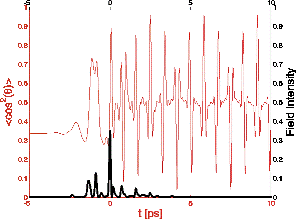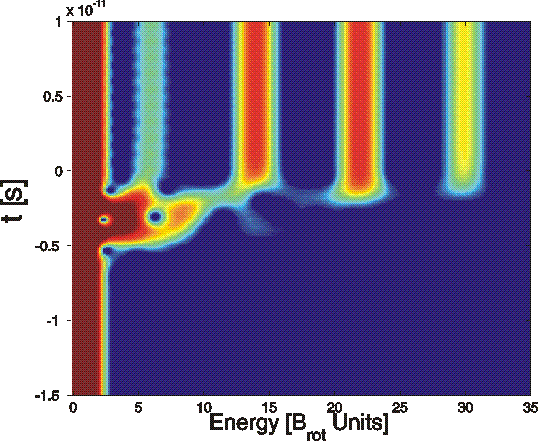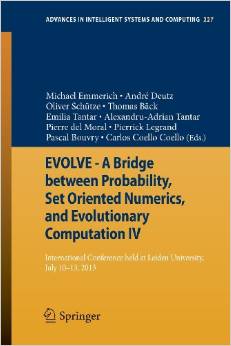EvoMPP
An evolutionary approach to many-parameter physics.
LIACS - FOM - Amolf - XUV Group - Optical Science Group
The motivation for this project, which was started four years ago, was the realization that systematic trial-and-error-based variations of all parameters in a many-parameter physical system is often not possible. Consequently, it was proposed to study this class of problems by a new approach based on evolutionary algorithms (closed loop optimization where the system parameters are modified using mutation and recombination operators that are inspired by models of biological evolution).
We defined as our main objective (1) to form a bridge between researchers in mathematics, computer science and physics, and (2) to make state-of-the-art evolutionary approaches available to physics research involving large numbers of parameters, where traditional physics methodologies fail. Specifically we focused on three physics applications: 1) the design of shaped femtosecond laser pulses to control atomic and (bio)-molecular dynamics, 2) the design and operation of scientific instrumentation, and 3) the control of DNA functionality in biological cells.

|

|
| Figure 1: A shaped laser pulse maximizing the alignment of diatomic molecules, obtained by an Evolution Strategy. Thin red line: the alignment (revival structure) of the ensemble of molecules as a function of time; Thick black line: the laser pulse intensity. | Figure 2: Sliding Window Fourier Transform applied to the revival structure of the molecules, as given in Figure 1. Values represent how high the energy quantum levels are populated as a function of the interaction time [arb. units]. |


